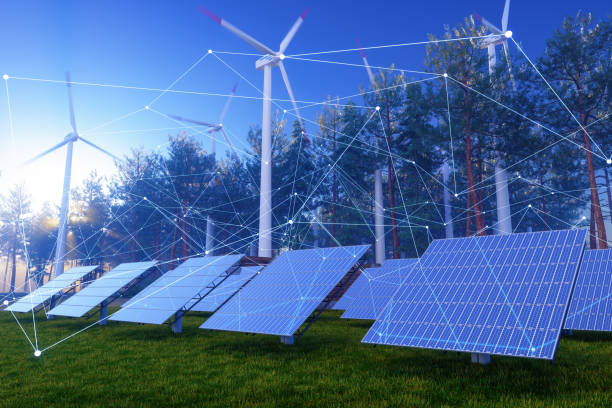
As the columnist and economist Paul Krugman noted this week, renewable energy technology is becoming better and less expensive quickly, and the idea of someday providing power to the U.S.–or at least a substantial part of it is getting closer to becoming a reality. In addition, the U.S. Energy Department is planning to provide as much as $4 billion of loans for renewable energy firms, according to Reuters. This isn’t just a political goal: investing in renewable technology can be economically beneficial.
The U.S. is already headed towards an increase in dependence on renewable energy generation. In a fresh analysis conducted by SNL Financial, more than half of all the new energy generation infrastructure planned for the next couple of years is renewable energy. 2018, according to SNL, most U.S. coal power generation capacity will retire. The company claims the next generation of power sources will be renewable. To fill the gap in the next few years, the future will be dominated by the development of new turbines for wind energy, and wind power is predicted to comprise almost a third of all planned energy generation capacity.
The second primary source of energy production is gas, which is stimulated by domestic shale oil extraction. However, according to SNL, renewable energy sources, ranging from biomass to solar, geothermal, and wind, will account for approximately 57% of the new energy capacity.
The challenge in renewable energy production is knowing that not all technology can be used in all environments. The windy plains of the midwest are ideal for wind, but solar performs better in the deserts in the south. In this map created by SNL, we can observe the locations where this new infrastructure for energy is set to go into operation:
